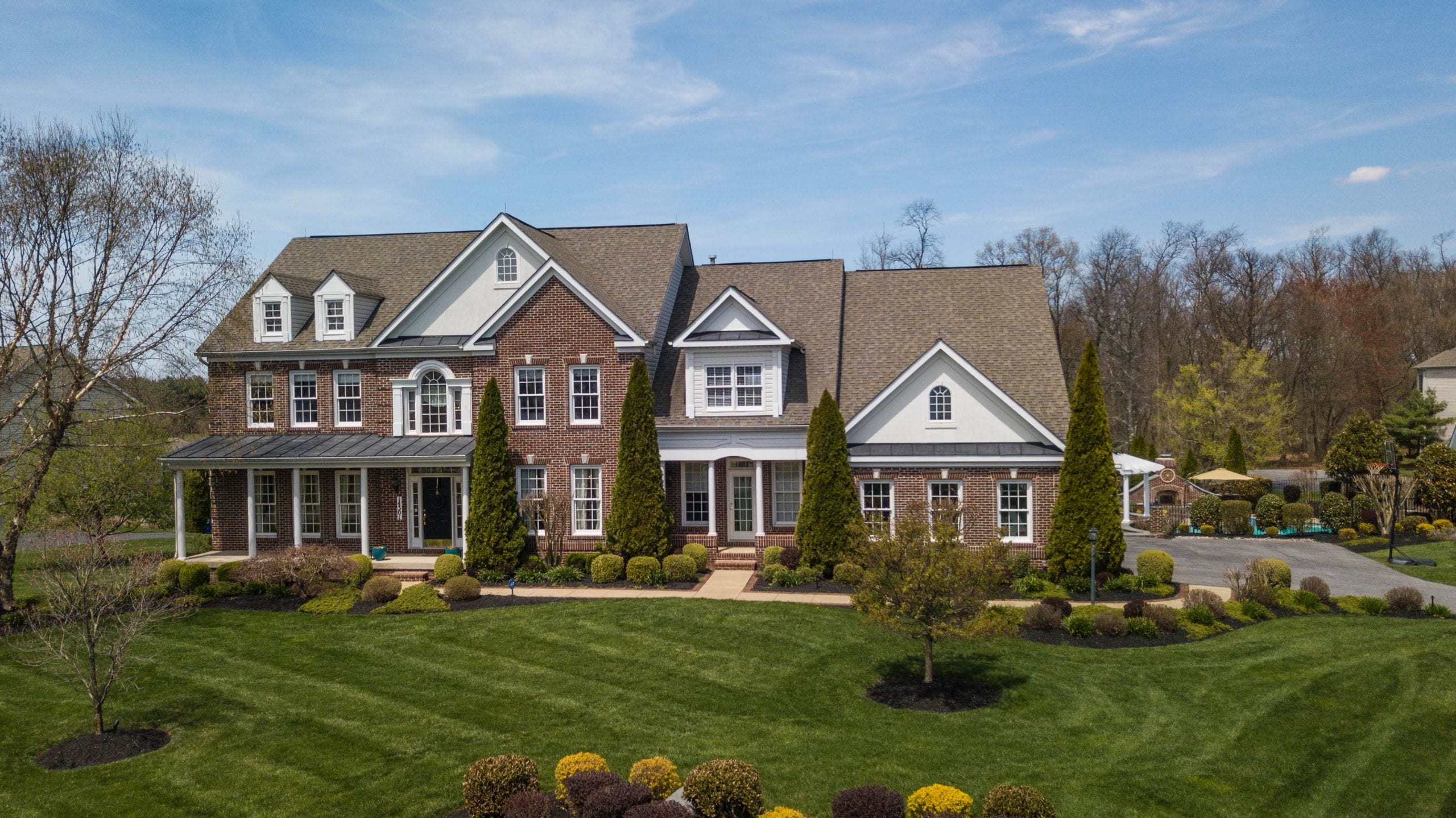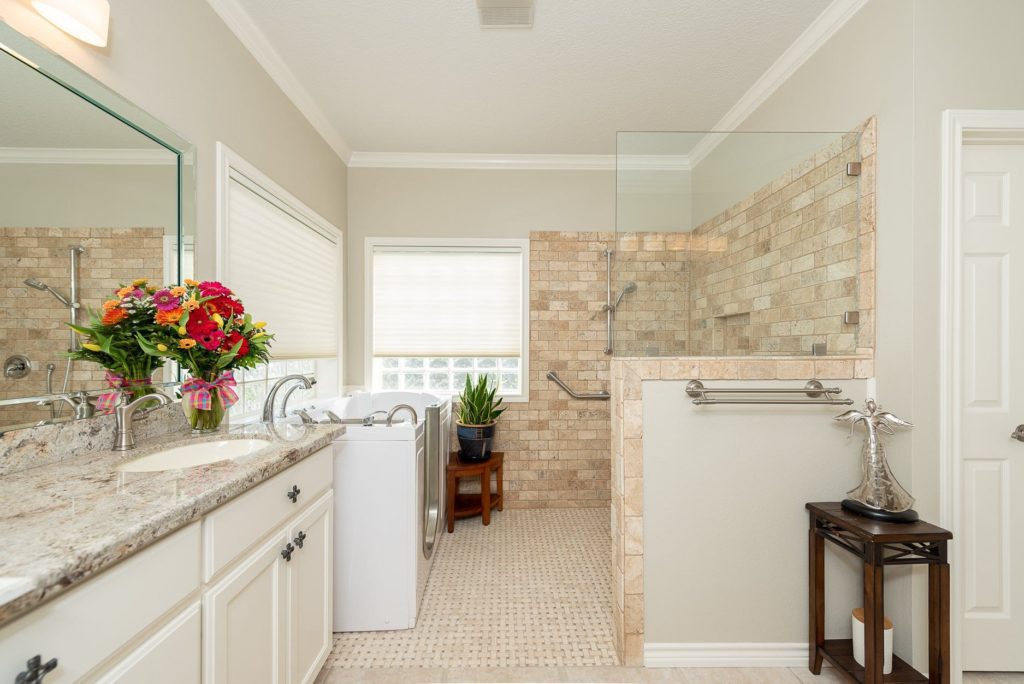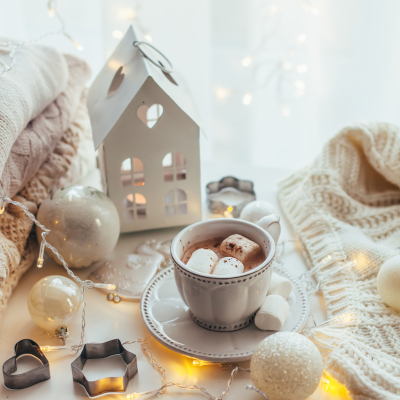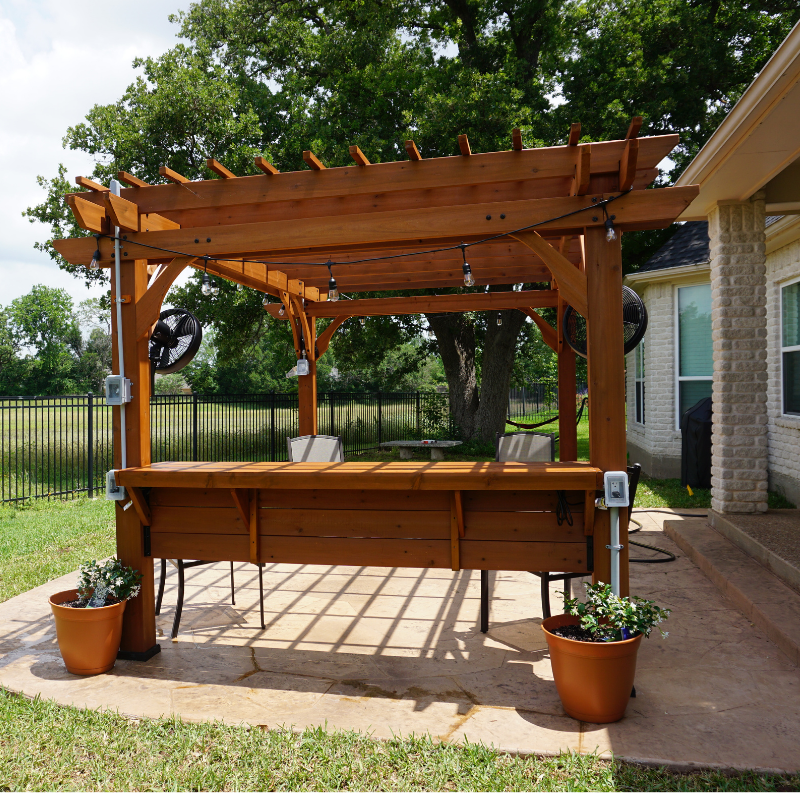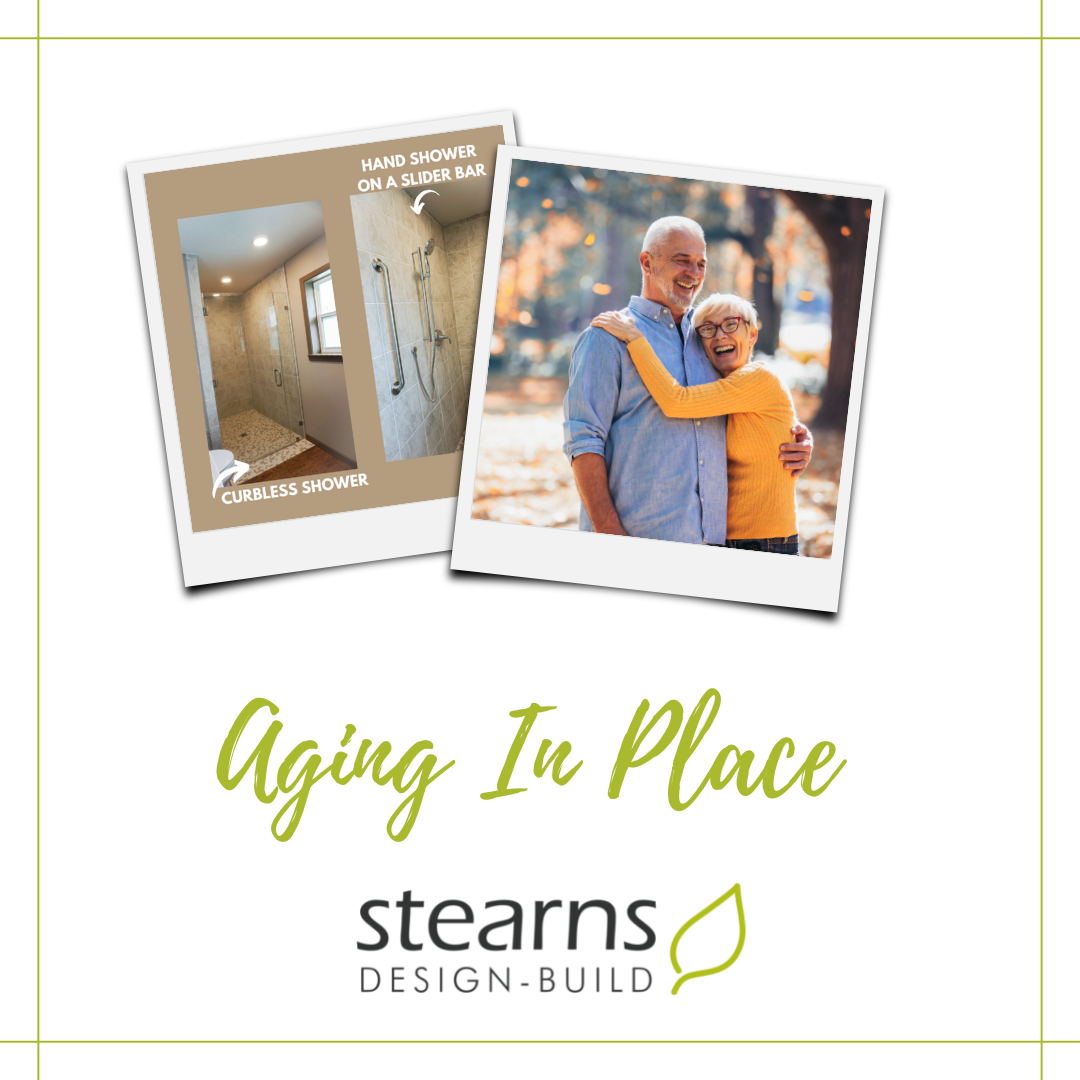Before you begin, check out our Investing in Your Home Part 1: Protecting + Growing Your Asset
Your home is a great source of joy. It brings you warmth + safety and allows for self-expression. For many of us, it is also one of our most significant investments and ongoing costs in our lifetime.

By paying close attention to short-term maintenance costs and planning for the long-term potential to remain in your home, you will reap the benefits of your home even more.
Here are a few tips for how to save money every day, safeguard your home’s value, and prepare to age in place.
Do It Right: The Cost to Maintain
Most people have a mortgage, but there are also other ongoing costs associated with owning your home that you may not think about as much as your mortgage payment. These costs include such things as insurance, utility costs, and maintenance. By reducing these costs, it will save you money every month and be just as beneficial as refinancing that mortgage at a lower interest rate.

- Schedule an energy audit: Investing in an energy audit can save you money. Many fixes can pay off in as little as two years. Some other repairs will take longer but once the investment is paid off, it is money in the bank every month thereafter.
- Purchase higher quality fixtures and appliances: If you have heard the expression “builder grade”, it simply means the lowest cost option. Builders are motivated to use builder-grade fixtures and appliances because it lowers the cost per square foot of a home. Price per square foot is the primary measure that most homebuyers use to evaluate a home purchase. This might be the worst way to calculate the value of a home. To get the cost per square foot down, the quality is typically compromised.
- Consider your climate: The approach to home building should be largely dictated by the environment your in. There have been many costly mistakes made by well-meaning builders who applied building techniques meant for a cold, dry climate to a hot, humid climate. As an example, here in College Station & Bryan we avoid using wood on the exterior of our homes. It just does not endure well, nor does it hold paint well. Luckily, there are great alternatives such as fiber content that work very well for our climate.

Make It Last: Aging in Place
Seniors are staying in their homes longer, otherwise known as aging in place. The longer a person can stay out of assisted living, the better their quality of life and the more savings they will retain either for unexpected expenses.
Staying at home allows seniors a higher level of independence, while also reducing the stress of having to relocate. As you can imagine, a sense of connection to personal space becomes heightened as we all age. Here are a few aspects of aging in place to consider in a new home or a home remolding project:
- Remove stairs and steps: One of the first things that we notice as we age is how much more difficult stairs become. If you can find a single-story home with very few or no steps, you will be better prepared to age in place.

- Create the framework for an accessible bathroom: Having difficulty bathing often necessitate a move to assisted living. Even if a person is not in a wheelchair, a roll-in shower without a curb is much easier to navigate. Also, placing blocks in the walls of showers and baths can make the installation of grab bars easier. With a little planning, using the facilities as we age can be made much safer.
- Prepare to install wider doors: Narrow doors, especially in bathrooms, are a barrier to wheelchairs + walkers and an impediment to aging in place. If possible, request framing for large doors, even if a smaller door is preferred. The small door can be removed later and with a slight modification, a larger door can be installed.
- Improve the lighting: Unfortunately, our vision degrades as we age. Luckily, there is a lot that we can do with light to improve our ability to age in place. Light is a very important factor in aging. When remodeling, request a lighting study for each room. Contrast is also a big factor in assisting aging vision and is particularly important in kitchen remodels. When countertops are of a hue that contrasts with the flooring, orientation, and vision are greatly aided.

Your home is more than just where you eat and sleep. It is also a significant investment. With just a little care, that investment can be wisely managed + maximized and bring you joy for a lifetime.

